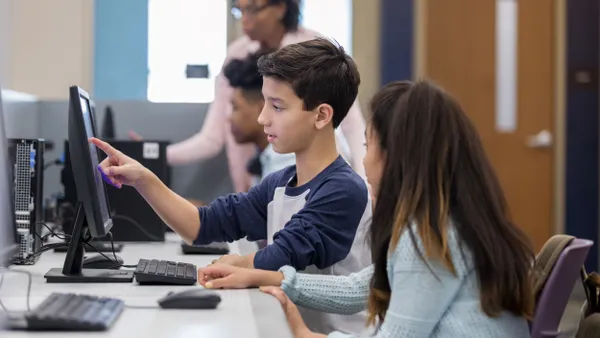Dive Brief:
- Assessments that look at a student’s creative process — rather than at the end result — may be more useful in better gauging what students learned.
- A different approach, called playful assessments, borrows from game-based assessment, wrote Edutopia. Under this method, teachers watch and evaluate as students complete their work, looking at the steps they take and how they reflect on what they’ve learned.
- For educators who need guidance on building rubrics around playful assessment, a good online guide is MetaRubric, which has teachers play a game of their own. Educators use the guide as a group, bouncing ideas off each other as they create a set of instructions to use in their own classrooms.
Dive Insight:
Students and exams are not always the most joyful pairing, but assessments have been deemed crucial to the learning process. Educators need to know what students have absorbed from their time in the classroom and what concepts they're still struggling to grasp.
Turning assessments into a more enjoyable experience can sidestep the rote style of learning and test taking that students often dread. To that end, educators are adopting alternative evaluations that also assess the teaching method, rather than just the product. The Buck Institute of Education publishes an online rubric that asks teachers to consider “the degree of creativity” students used in a final project while determining how well children absorbed a lesson.
These options allow students to show what they’re learning as they go through a process, valuing those steps in between as much as what they finish with in the end. Observing students during the middle of lessons can also help educators and administrators determine what is working in terms of instruction, and perhaps what isn’t, so that successful and effective guidance and intervention can take place earlier in the process.






 Dive Awards
Dive Awards






